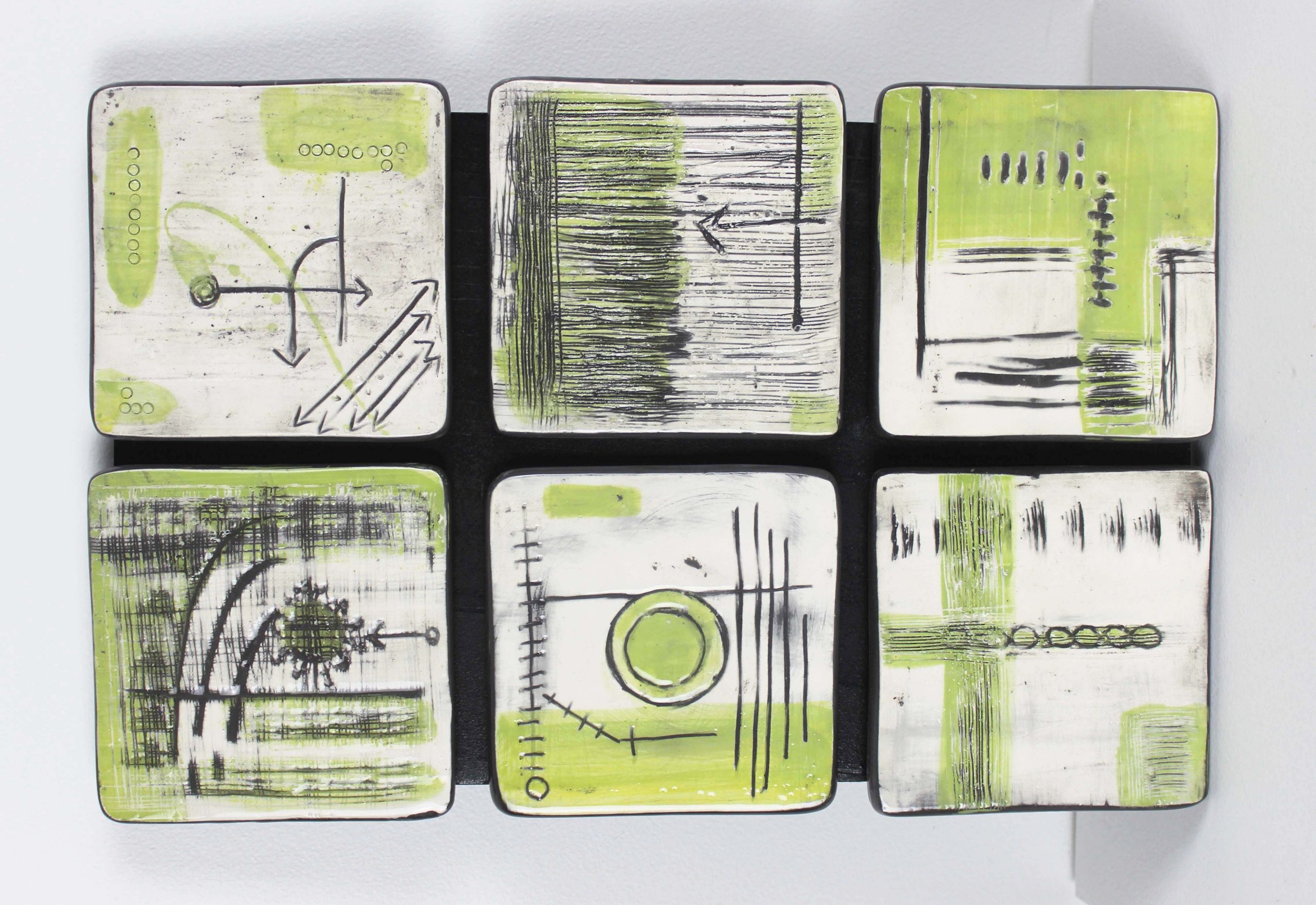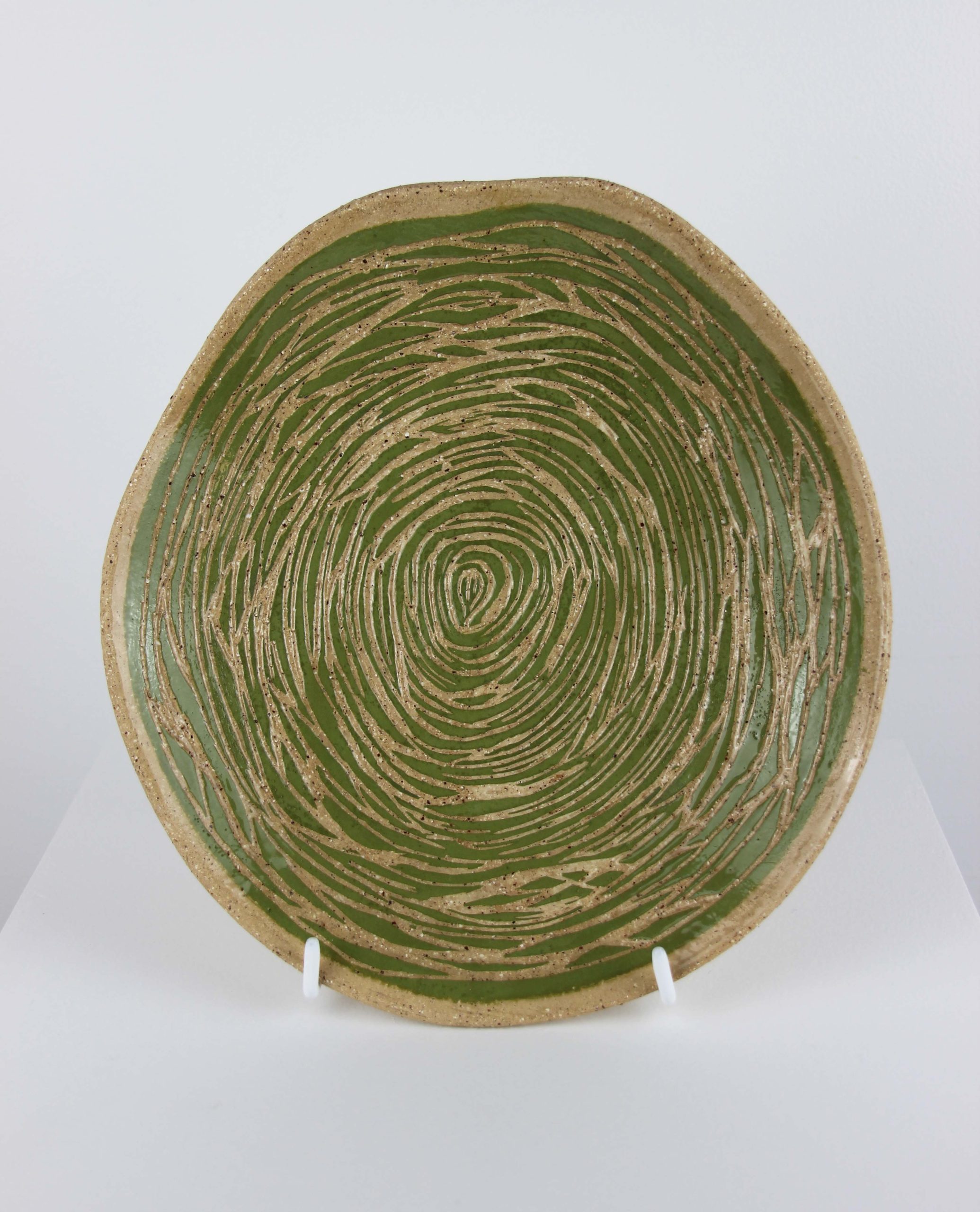Walking, a Sense of Place and Experience
I thought I would delve into the multifaceted nature of walking by exploring its intellectual, experiential, and creative dimensions. Drawing upon various perspectives and literary sources, including the works of Rebecca Solnit, Marit Måkelå and others, I sought to explore the transformative power of walking as a tool for learning, creativity, and developing a profound sense of place and experience.
Walking is a seemingly ordinary activity that facilitates bodily movement from one place to another. Walking could be perceived as mundane, particularly in situations like moving from the kitchen to the laundry, where the practical function of walking overshadows any romantic notions of the activity. However, for creative practitioners, walking offers a valuable experience that engages multiple senses, including sight, hearing, and smell. The process of walking can be a valuable learning tool, one that is closely tied to physical surroundings, material objects, and the corporeal nature of both living and non-living entities.
Author Rebecca Solnit’s book ‘Wanderlust’ explores walking as a bodily act that has intellectual, creative, and spiritual benefits. Solnit says “walking is a state where the world, body and mind are in alignment like musical chords or characters in a conversation”. Using the music metaphor, Solnit describes walking as rhythm and tempo for the mind and as one walks through a landscape, the author states it’s “echoed as a series of thoughts”.
The phenomenology of walking is not new. Substantial literature reveals walking is an aid to health and well-being and functions as a tool to open the mind to creativity, joy, pleasure and connection to people and places (e.g. Frederick Gros, Rebecca Solnit). Another example includes the 19th century philosopher Soren Kierkegaard who walked endlessly, affording him the ability to converse with, and learn about all types of people.
“If one just keeps on walking, everything will be alright”, Danish Philosopher, Soren Kierkegaard
Philosopher Frederick Gros argues walking allows spontaneous ‘clearances of a path to feeling’, and the chance of an encounter or experience along the way. Gros asserts philosopher Friedrich Nietzsche’s walking was a necessary practice and an activity which afforded him freedoms through self-imposed walking in isolation to “converse with himself,” and this was said to be an essential aid to his writing. Also included here is Henry David Thoreau’s account of his two-year forest living experience in his essay ‘Walking’, as this publication is the first ‘philosophic treatise’ about walking being an integral component of an artist’s practice. (Gros, 2015, pp.88).
Further review of the literature demonstrates there are many artists who reference walking as a vital aide to their creative practice. In artist and academic Dr. Jacqueline Scotcher’s dissertation ‘Wayfaring and Creative Practice in Tropical Far North Queensland Landscapes’, she states walking is an ‘enveloping or immersive practice’, serving to connect with nature and spark her imagination. In addition to this, Scotcher states she employs walking as a method to counterbalance the encroachment of an inactive lifestyle and overstimulated senses.
Vignette
As I walk this September morning along the Deception Bay foreshore, I am swept away into another world, where I move away from my everyday worries and concerns. It is so beautiful here; it is very early, and the sun isn’t quite up. The light is hidden by a bank of grey and lavender coloured clouds. It’s cool, and I am not wearing enough, so I feel it more.
I’m convinced that this simple act of daily respite from the world by walking here is the answer to the questions my creative practice asks of me.
Roaming around nature is such a powerful tool, I feel a strong sense of place here as I immerse myself into this practice, I am experiencing my surroundings through my observations and my engagement with both the natural and built environment here.
The slower I walk, the more my awareness is increasing. It is slowing the pace of my life which, like most everyone else I suppose, is increasingly hectic.
This place feels unique and upon reflection I am sure it is because I am paying closer attention to the smaller details of this environment.
To close this post, even though walking can be considered mundane by many, it has proven to be a valuable tool for learning and creativity for me. The physical act of walking in nature intensifies my awareness of being alive in the world and walking daily has led to spontaneous feelings and encounters that have led to creative and conceptual insights. Overall, walking is a simple and accessible way to develop a sense of place and can be a rewarding experience that enhances one’s connection with specific locales.

Far Eastern Curlews, carved bottle form – Deception Bay. Photo Anna Guthrie.

Mapping Movement Deception Bay. Photos Anna Guthrie 2022.

Tidal Eddies – Deception Bay. Photo Credit Anna Guthrie 2023
Recent Comments